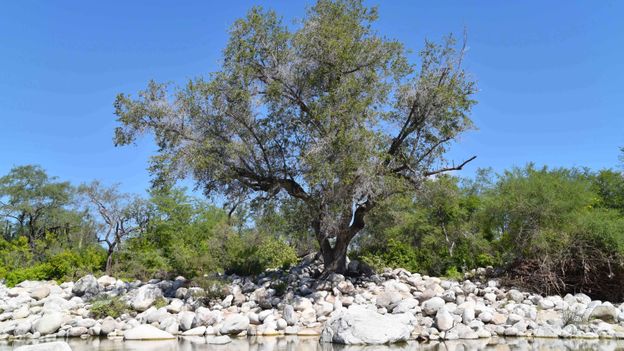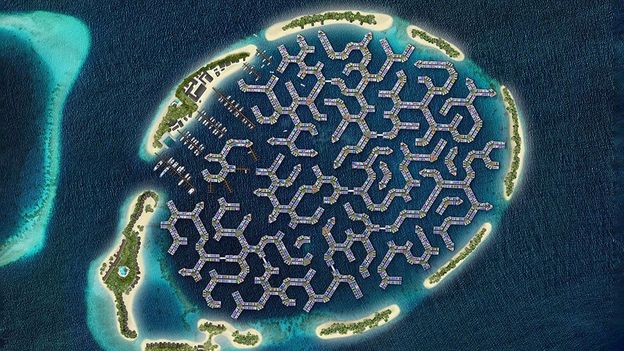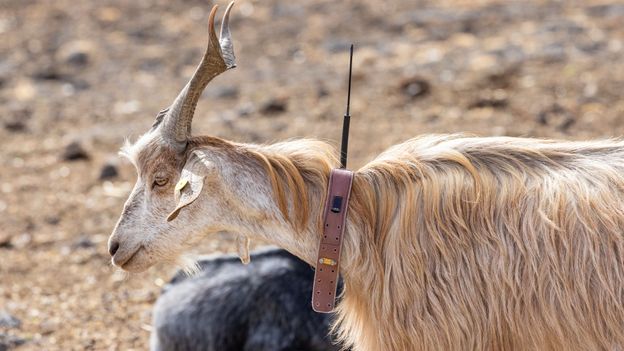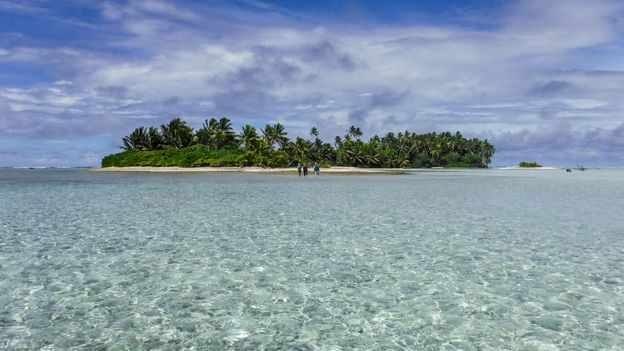But large-scale seaweed harvesting only began in earnest around the year 2000, when CSMCRI licensed the technology to PepsiCo, who were interested in using seaweed not as a food crop but to produce carrageenan, a compound used in food, cosmetics and industry. “This heralded commercial seaweed cultivation in India,” says Eswaran.
PepsiCo sold its seaweed fields in 2008, which were then eventually bought by AquAgri, one of the first Indian firms to venture into commercial seaweed cultivation. The firm now has 18 seaweed cultivation sites in Tamil Nadu, providing jobs to 650 fisherfolk, predominantly women.
Muthulakshmi Namburajan has been harvesting and cultivating seaweed for a total of 38 years. While she used to spend more time in deeper water collecting seaweed, she now avoids the rougher waves as the work is physically demanding. “I prefer being close to the shores spending my time catering to the rafts,” she says. From these bamboo rafts, where seaweed grows along ropes anchored by stones, Namburajan harvests, dries and cleans up to 50kg (110lb) of seaweed a day.
The surge in seaweed cultivation has had a positive socio-economic impact on the coastal communities in India, particularly among women seaweed farmers, helping them increase their economic independence.












